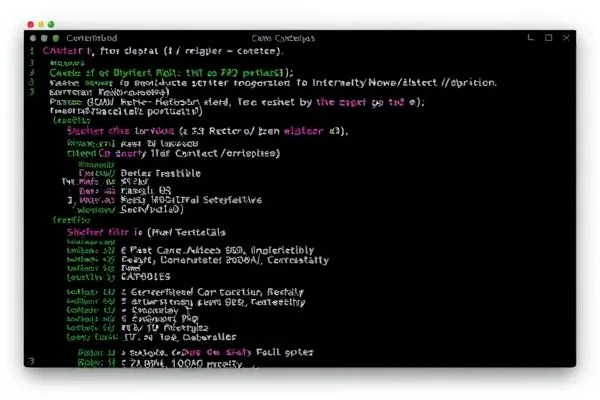In today’s digital landscape, evolving malware techniques pose significant risks to cybersecurity. A recent advisory issued by top cybersecurity agencies highlights the growing threat of fast flux, a sophisticated method that enables threat actors to obscure their command-and-control channels, thereby complicating detection efforts. This blog will unpack the vital aspects of fast flux and its implications for network security.
Takeaways:
- Fast flux networks rapidly change their IP addresses to evade detection.
- This technique significantly enhances the resilience of malware and phishing attacks.
- Organizations can implement various strategies to combat fast flux threats effectively.
- Enhanced cybersecurity awareness is crucial to mitigate the risks associated with fast flux networks.
Fast Flux Network Mechanics
Fast flux is a method utilized by cybercriminals to obfuscate the locations of their malicious infrastructures. This technique works by swiftly rotating between numerous IP addresses linked to a single domain name. As defined by security agencies, fast flux exploits gaps in standard network defenses, making tracking difficult. This subterfuge presents a considerable challenge for cybersecurity teams attempting to identify and neutralize threats.
Initially identified in the wild during the Honeynet Project in 2007, fast flux has evolved significantly. It can utilize a single flux configuration, where a single domain is associated with multiple rapidly changing IP addresses, or a double flux setup, where not only are the IP addresses changed but the DNS name servers are also rotated. The result is an intricate web of connections that provides additional anonymity for malicious actors.
Adversaries deploying fast flux have demonstrated its effectiveness in establishing resilient command-and-control (C2) infrastructures. This resilience is what allows them to maintain operations even amidst law enforcement efforts to dismantle their networks. The U.S. Cybersecurity and Infrastructure Security Agency (CISA), alongside the National Security Agency (NSA) and the FBI, highlights the pressing need for organizations to adopt robust measures to detect and counteract such threats.
Mitigation Strategies Against Fast Flux Attacks
In light of the persistent threat posed by fast flux networks, organizations must adopt a proactive stance. Here are several recommended strategies:
- Block IP Addresses: Regularly update your firewall rules to deny access to known IP addresses associated with fast flux operations.
- Sinkhole Malicious Domains: Implement security measures that redirect traffic intended for identified malicious domains.
- Monitor Traffic Patterns: Employ advanced monitoring solutions to identify aberrant behavior indicative of fast flux operations.
- Phishing Awareness Training: Conduct regular training sessions for staff to help them identify phishing attempts, a common tactic leveraged by fast flux networks.
By integrating these strategies, organizations can significantly enhance their resilience against attacks leveraging fast flux techniques. Rapidly changing infrastructures characteristic of fast flux networks require an equally responsive and robust cybersecurity posture.
From understanding the complexities of fast flux to implementing effective countermeasures, awareness and preparedness are essential in guarding against its risks. As fast flux continues to evolve, it is imperative for organizations to remain vigilant and adaptable in their security frameworks.
Conclusion:
Fast flux networks represent a growing and evolving threat landscape, complicating traditional defensive measures. Cybersecurity entities emphasize that understanding this methodology and developing comprehensive detection and mitigation strategies are crucial for maintaining robust defenses. Organizations that prioritize these measures will significantly reduce their vulnerability to fast flux-enabled attacks.
FAQs:
- What is fast flux? Fast flux is a technique used by cybercriminals to obfuscate their malicious operations by quickly rotating IP addresses associated with a single domain.
- Why is fast flux a concern? Fast flux complicates efforts to track and neutralize malicious activities, effectively enhancing the resilience of malware and phishing attacks.
- How can organizations protect against fast flux threats? Organizations are advised to implement strategies such as blocking malicious IP addresses, sinkholing domains, and enhancing traffic monitoring.
- What role does phishing play in fast flux networks? Fast flux networks often facilitate phishing attacks, allowing adversaries to host malicious websites securely while evading detection.
Additionally, organizations can benefit from resources related to the role of AI in penetration testing and become familiar with innovative smishing techniques which highlight ever-evolving threats they may face. Understanding vulnerabilities linked to infrastructures, as indicated by Kubernetes controllers, is also vital to preserving network security. Finally, organizations must be actively aware of emerging cybersecurity risks in industrial automation systems to bolster comprehensive defense strategies.









